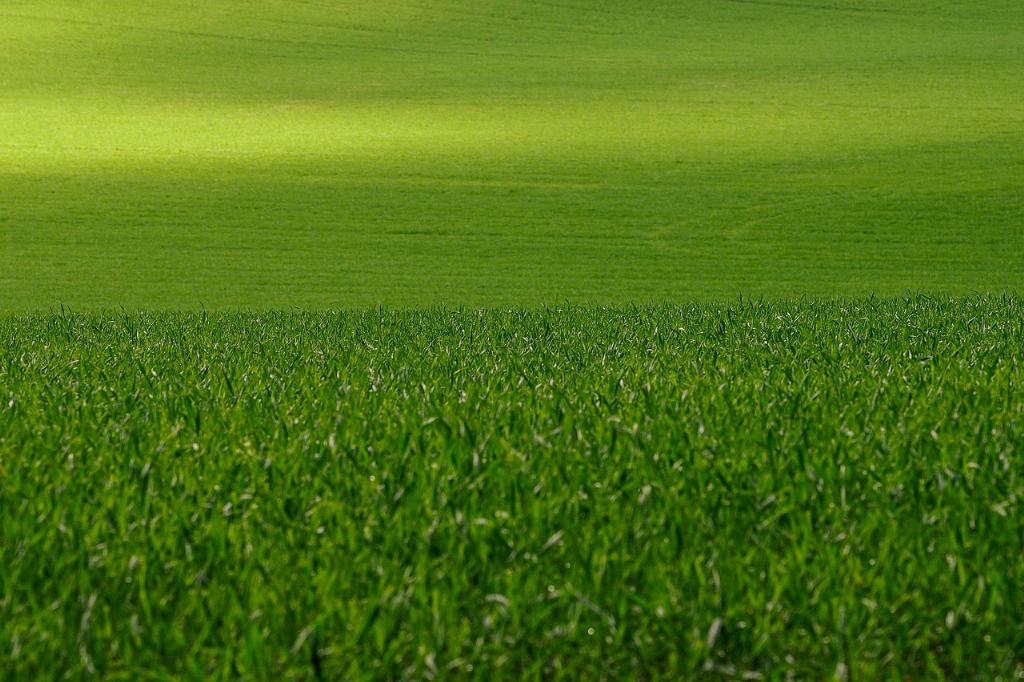When it comes to maintaining a healthy and vibrant lawn, dethatching plays a crucial role in ensuring the overall health and appearance of your grass. Over time, lawns can accumulate a layer of thatch, which is a dense mat of roots, stems, and debris that forms between the soil and the green vegetation above. This thatch layer, if left unchecked, can prevent essential nutrients, water, and air from reaching the root system, leading to a decline in the overall health of your lawn.
The Process of Dethatching
One of the most common methods of dethatching a lawn is by using a dethatching rake. This specialized tool is designed to dig into the thatch layer and lift it upward, allowing for better aeration and nutrient penetration. As you rake, you will feel and see the thatch separating from the soil, a sign that the dethatching process is effectively removing the buildup and promoting a healthier lawn.
When to Dethatch Your Lawn
It is recommended to dethatch your lawn when the thatch layer exceeds half an inch in thickness. Early spring or late summer are ideal times to dethatch, as the grass is actively growing and can recover quickly from the process. Regular dethatching every few years can help prevent thatch buildup and maintain a lush, green lawn.
Tools and Techniques for Dethatching
In addition to using a dethatching rake, you can also consider using a power dethatcher or vertical mower for larger lawns. These machines can make the dethatching process more efficient, especially for heavily thatched areas. However, it is essential to adjust the depth setting on these tools to avoid damaging the grass roots.
Post-Dethatching Care
After dethatching your lawn, it is crucial to water the grass thoroughly to help it recover from the stress of the process. You can also overseed bare or thin areas to promote new grass growth and fill in any gaps left by the removal of thatch. Fertilizing your lawn with a balanced fertilizer can also help boost recovery and encourage healthy growth.
Benefits of Dethatching
Dethatching your lawn offers several benefits, including improved water absorption, better nutrient uptake, enhanced air circulation to the roots, and overall healthier grass growth. By removing the thatch layer, you can create a more favorable environment for your lawn to thrive and flourish.
Common Mistakes to Avoid
One common mistake when dethatching is removing too much thatch, which can expose the soil and lead to weed growth. It is essential to strike a balance and only remove the excess thatch while leaving a thin layer to protect the soil. Additionally, dethatching when the grass is dormant or stressed can harm the lawn, so timing is key to a successful dethatching process.

Conclusion
In conclusion, dethatching your lawn is a necessary step in maintaining a healthy and lush grass. By understanding the importance of dethatching, using the right tools and techniques, and following proper post-dethatching care, you can ensure that your lawn remains vibrant and thriving throughout the growing season. Don’t overlook the significance of dethatching in your lawn care routine, as it can make a significant difference in the overall health and appearance of your turf.
